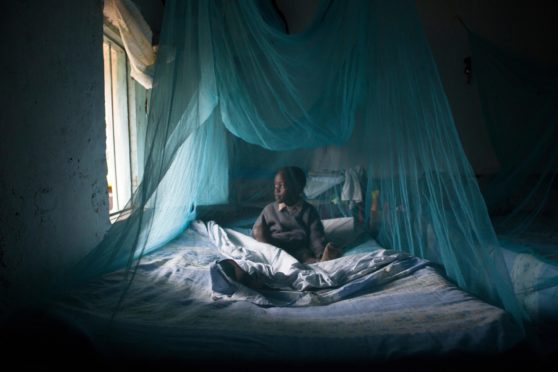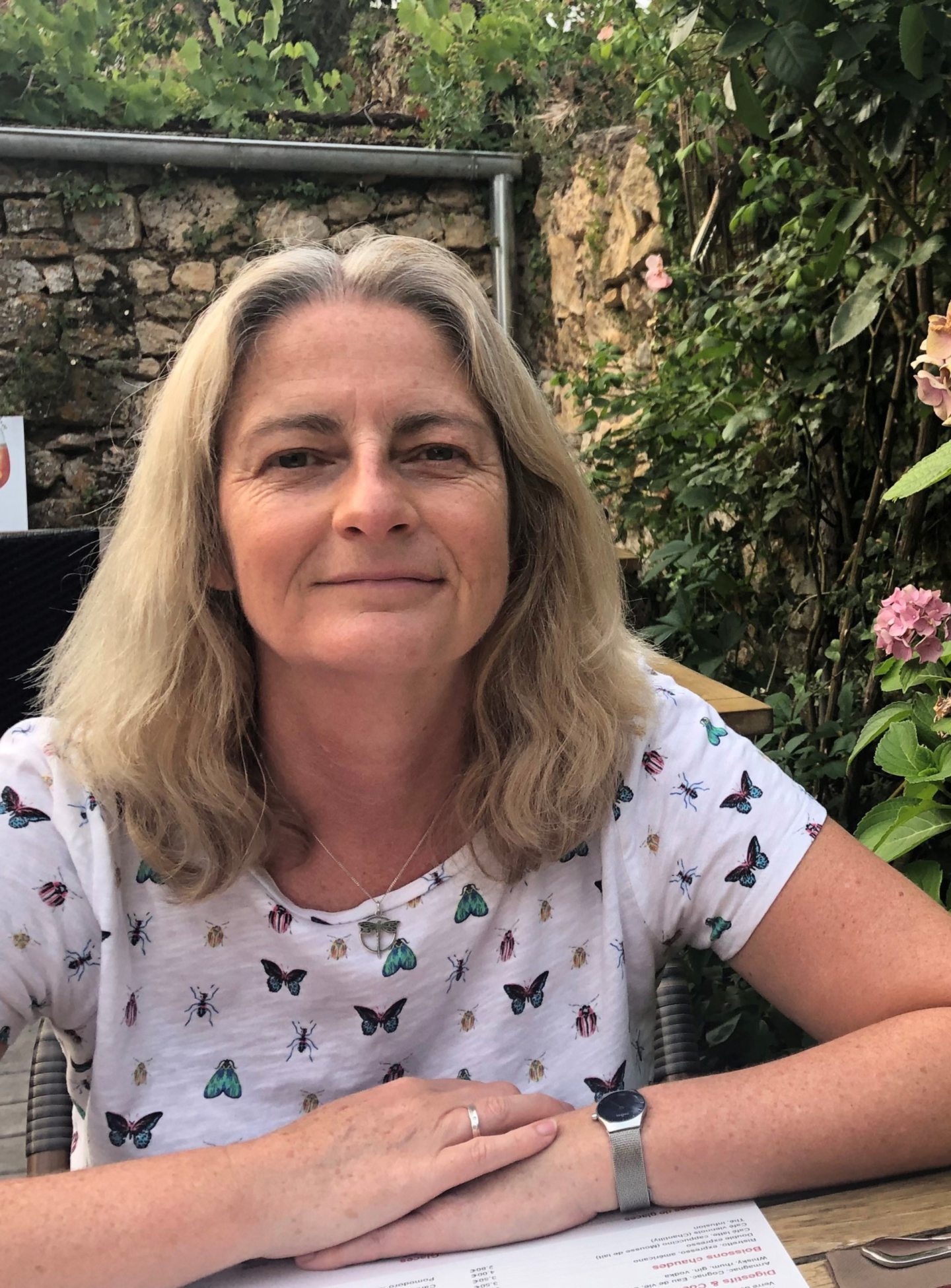
It is a shape-shifting parasite able to dodge the human immune system and thrive in the liver and blood.
And it is a killer, with a particular hunger for children. Every year malaria claims the lives of more than 400,000 people, with 90% of those victims in Africa, and 67% of casualties aged under five.
For half a century, scientists have been trying to come up with an effective and easily deployable vaccine to stop it in its tracks. Now, for the first time in medical history, they are close to doing just that.
An international team led by Oxford University has come up with the R21/Matrix-M vaccine. A recent trial in the West African country of Burkina Faso showed it to be 77% effective after a 12-month follow-up – busting the World Health Organisation’s target requirement of 75%.
Vaccinations have now begun in Mali in a larger and hopefully final trial that could see the vaccine approved by the licensing authorities by as early as 2023. Other countries participating in this phase III trial are Burkina Faso, Tanzania and Kenya.
As the first jags were taking place, The Sunday Post spoke to the only Scot on the team and the scientist who has a key role in pulling together the crucial package of evidence that will go before the regulators.
From Oxford, Dr Alison Lawrie – head of regulatory affairs at the university’s Jenner Institute – told The Post: “We developed the R/21 Matrix-M vaccine at the Jenner Institute with Professor Adrian Hill’s group. We have a vaccine manufacturing facility at Oxford where the original was made. Since then it was further developed with our partners at the Serum Institute of India.
“The vaccine we have now is a refrigerated version, much more deployable. Our vaccine was originally stable at minus 70 degrees and it has been adapted to be stable at two to eight degrees, which is great for shipping vaccine to Africa. This is the first malaria trial to reach and exceed the WHO efficacy goal.
“There is a great need to provide an effective and deployable malaria vaccine to prevent these deaths. Scientists have been working for 50 years to produce such a vaccine and this is a huge achievement for Oxford, its collaborators in Africa, as well as Novavax, and the Serum Institute of India. Everyone has worked so hard.
“My role is in regulatory affairs but work on this vaccine is very much a team effort.”
It is hoped that if approved by the regulators R21 could help the WHO reach its goal to prevent deaths from malaria by 90% by 2030.
Dr Lawrie, who is from Alloa and whose mother worked with the late government scientific adviser and TV personality Dr Magnus Pyke, revealed: “I was interested in the biological sciences from a very young age. My mum was Magnus Pyke’s personal assistant at The Distillers Company, many years ago before he was famous.
“But I think my love of science came from watching David Attenborough on TV, and from school. I really enjoyed biology and chemistry. For me it wasn’t academic, it was a hobby.
“I had a great teacher – Shelley Fouracre – who came from Gargunnock (near Stirling). She was very engaging and encouraging and took a real interest in her pupils.”
Lawrie went on to study biology at the University of Paisley, gaining a doctorate in baculovirus molecular virology in 1993 at Oxford Brookes University.
Her career has seen her work with Professor Dame Louise Johnson at Oxford University’s laboratory of molecular biophysics, developing anti-cancer therapeutic agents.
But it was while working for the gene therapy company Oxford BioMedica as a senior scientist and virologist that she gained experience in clinical trials using vaccines from phase I to phase III, including regulatory affairs and manufacturing. She joined Professor Hill’s team in 2006.
Her current role at the Jenner Institute involves her working within the research teams on the clinical development of vaccines against not only malaria but other diseases including ebola and Covid-19. And she is passionate about her work.
“I have always wanted to make an impact and to work in something that will do that,” she said. “This job is very rewarding. Our work is making a difference and can potentially save lives.”
Phase I of R21 research began at Oxford in 2010 and early “challenge” trials of the vaccine followed several years later, with healthy volunteers in Oxford, London, and Southhampton who agreed to be infected with malaria to test the vaccine’s safety.
These early results were promising enough to get the Serum Institute of India, one of the world’s biggest vaccine manufacturers, involved.
The institute later licensed the vaccine from Oxford, agreeing to produce 200 to 300 million doses per year if it was formally registered.
Then in May 2019, the bigger phase II trial involving 450 children began in Burkina Faso’s Nanoro health district with great success.
Phase III is a two-year trial that will assess large scale efficacy and safety in 4,800 children aged five to 36 months across the four African countries. They will receive three vaccinations four weeks apart and a booster vaccination one year later.
It will allow the vaccine to be assessed in areas of differing malaria transmission and seasonality. The life-threatening disease is caused by a parasite that commonly infects a certain type of mosquito.
The most effective malaria vaccine to date had only shown 55% efficacy in trials on African children that later dropped to 36%.
Dr Lawrie said of the latest phase of R21 trials: “The plan is to generate data that will be provided to the regulators in support of licensure of this candidate malaria vaccine.
“It will be up to the regulators to ‘fine-toothcomb’ through the data. But we are hopeful this will lead to us controlling malaria and saving lives.”
If the vaccine gets the green light it could be rolled out quickly across Africa.
She explained: “The Serum Institute of India has the potential for large-scale manufacture of the vaccine at low-cost, and they have committed to produce 200 million doses per year, once it is licensed.
“We have seen the speed of Covid licensing in this pandemic. Malaria is killing more people than Covid in Africa and it is mainly children. There is an urgent need for malaria vaccine and it should be treated as an emergency.
“Malaria also has a massive impact on the economy of countries in Africa and is very much associated with poverty, so this vaccine will be a game changer.”

Enjoy the convenience of having The Sunday Post delivered as a digital ePaper straight to your smartphone, tablet or computer.
Subscribe for only £5.49 a month and enjoy all the benefits of the printed paper as a digital replica.
Subscribe © Supplied
© Supplied